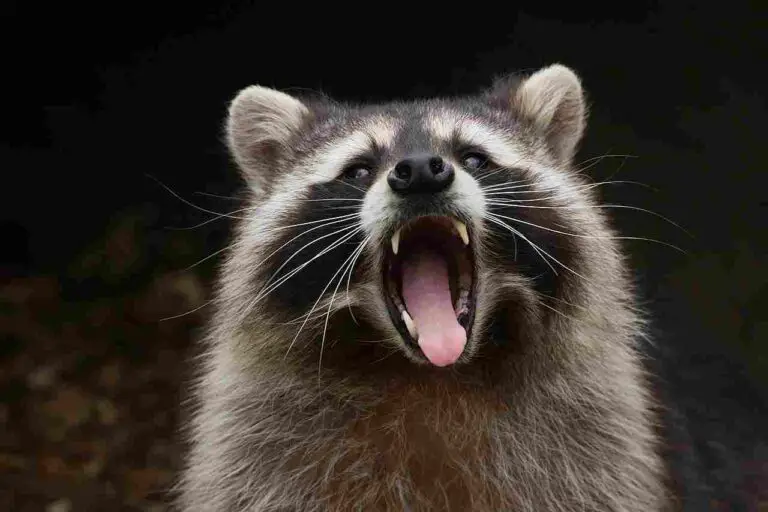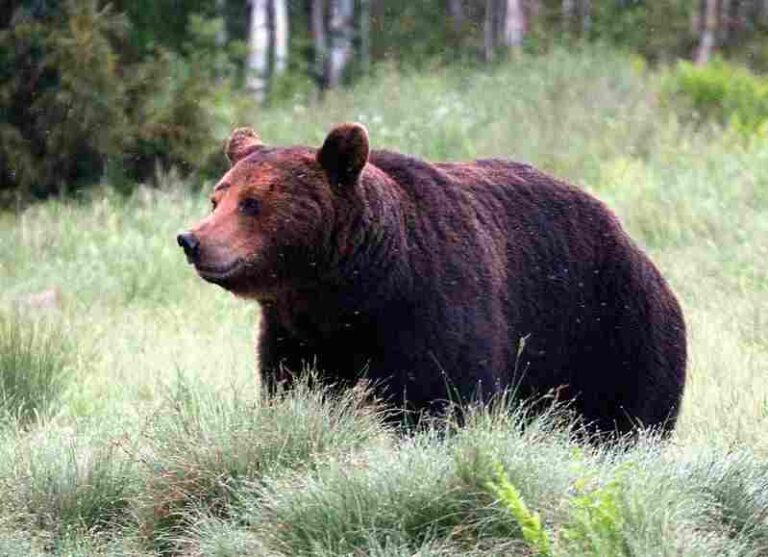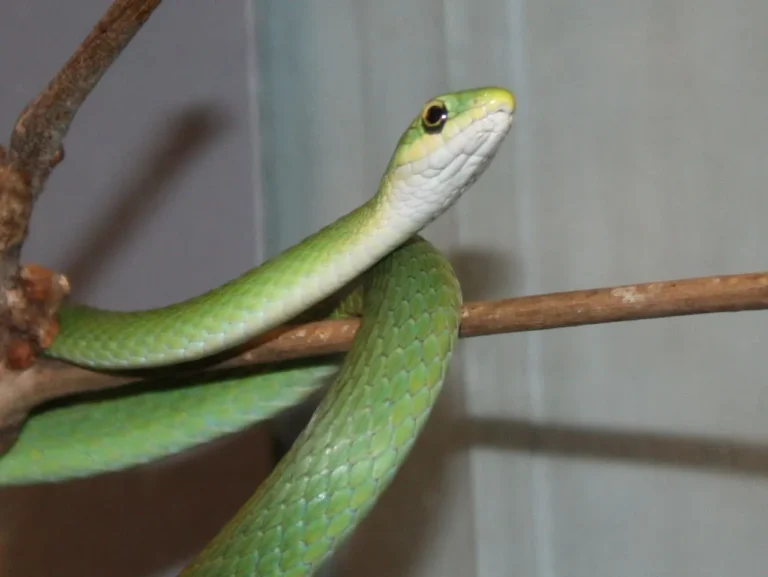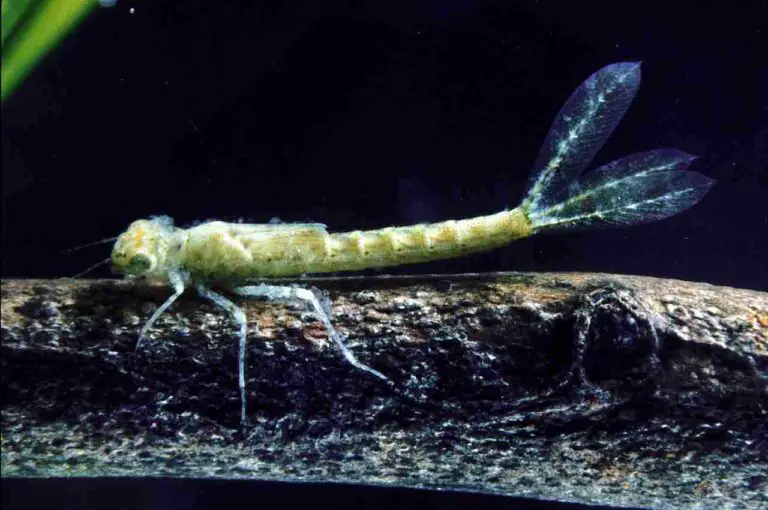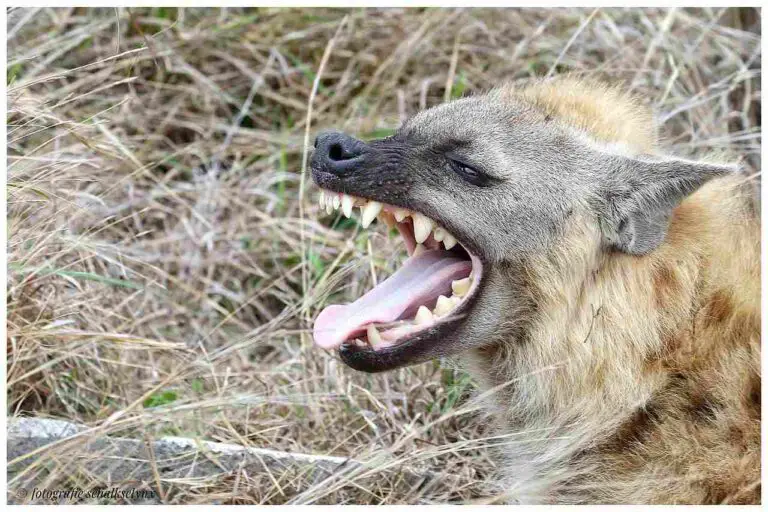Groundhog Vs Woodchuck Size, Weight, Overall Comparison
Exploring the relationship between groundhogs and woodchucks elucidates their shared identity, debunking any perceived differences between these two terms that refer to the same animal. Despite varying colloquial names such as whistle pig or land beaver, the terms “groundhog” and “woodchuck” are interchangeable.
I. Common Identity:
– Groundhog and woodchuck are interchangeable names for the same animal. The usage of both terms has persisted in English since the 1600s, reflecting a long-established common identity.
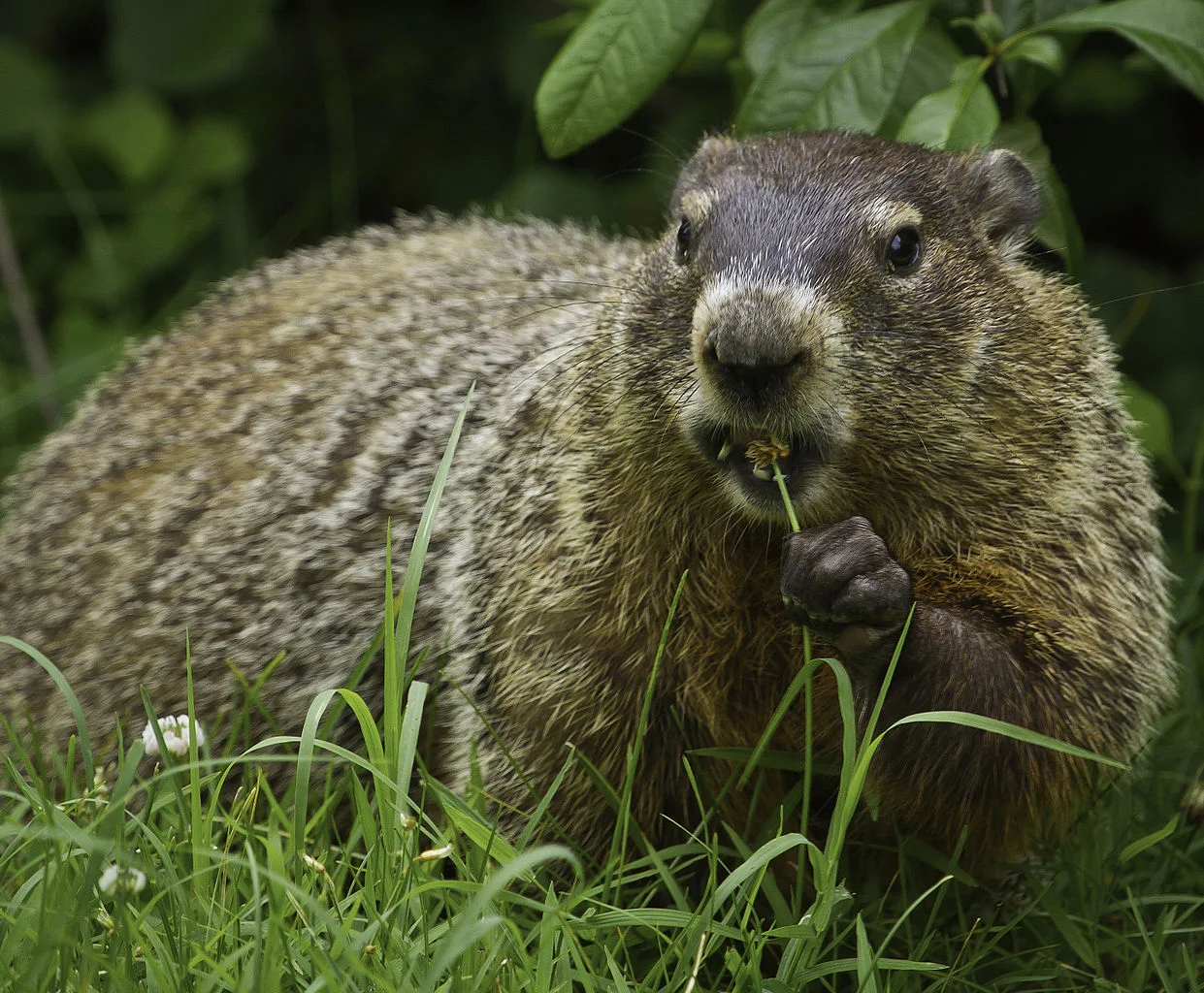
II. Colloquial Variations:
– While groundhogs are commonly referred to as woodchucks in British English, both terms describe the identical rodent species. The colloquial variations, such as “whistle pig” and “land beaver,” contribute to the diverse linguistic expressions used to denote this animal.
III. Additional Names:
– Groundhogs are known by various common names, including whistle pig and land beaver. These additional names highlight the richness of language and regional variations in referring to this particular rodent species.
IV. Cultural Significance:
– Groundhogs, known interchangeably as woodchucks, hold cultural significance, especially associated with events like Groundhog Day. The shared identity underlines the animal’s role in folklore, traditions, and popular culture.
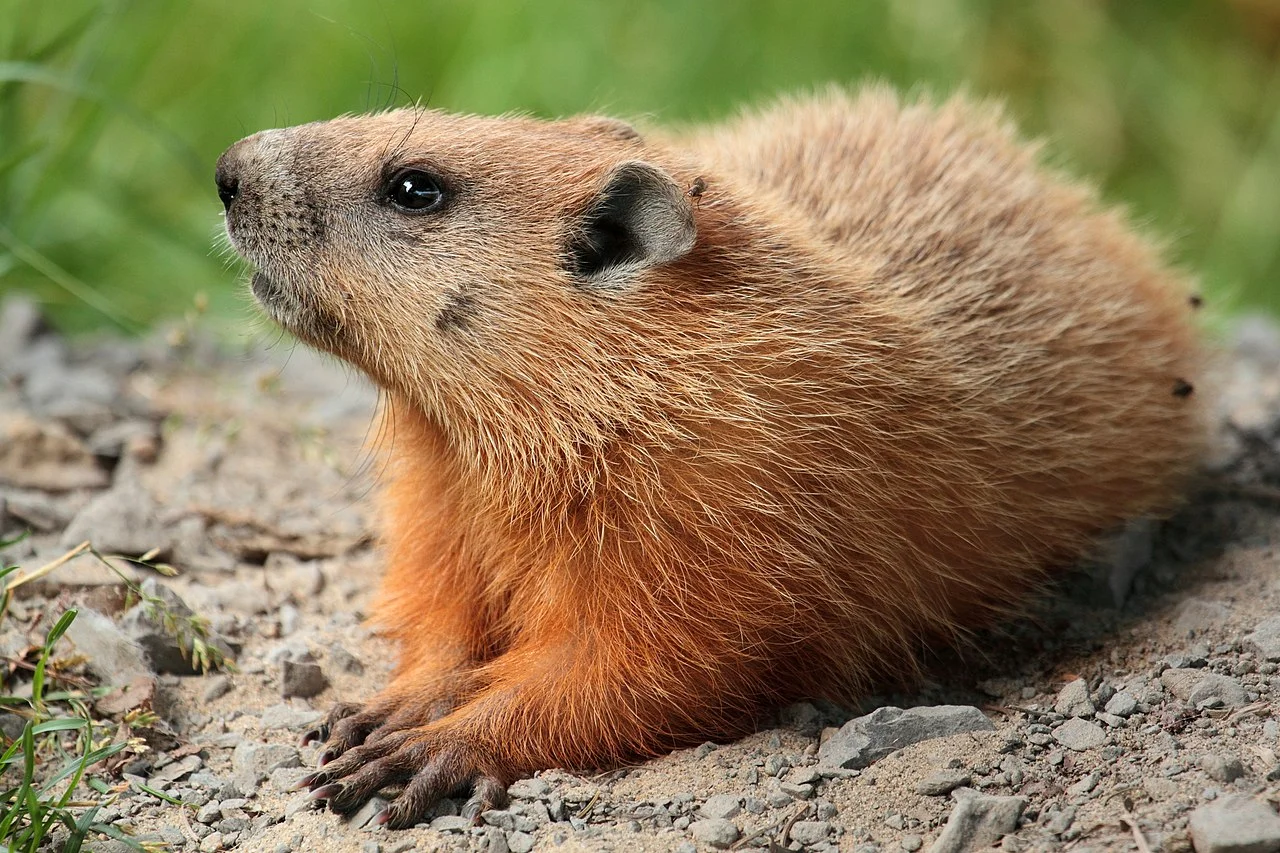
V. Linguistic Preferences:
– Linguistically, the terms “groundhog” and “woodchuck” serve as interchangeable labels for the same species. Preferences in usage may vary regionally or culturally, but they do not denote distinct animals.
VI. Historical Usage:
– Historical records affirm the synonymous nature of the terms, with both “groundhog” and “woodchuck” being used to describe the same animal over centuries. This continuity reinforces the established historical and linguistic connection.
*Details of Comparison
| Criteria |
Groundhog/Woodchuck
|
| Taxonomy | Marmota monax |
| Appearance |
Similar fur, body, tail
|
| Size |
16-26 inches, 4-9 lbs
|
| Weight | 4-9 lbs |
| Dentition |
Herbivorous incisors
|
| Physical Offensive Adv. | Sharp claws |
| Physical Defensive Adv. | Burrow retreat |
| Speed | Up to 8 mph |
| Agility | Agile navigation |
| Senses |
Keen hearing, smell, sight
|
| Physical Capacity | Well-adapted |
| Habitat & Region |
Open areas, North America
|
| Tracks | Four-toed prints |
| Lifespan | 3-6 years |
| Feeding | Herbivorous diet |
| Intelligence | Problem-solving |
| Social Behavior |
Generally solitary
|
| Reproduction |
2-6 pups annually
|
| Parental Behavior | Maternal care |
| Proximity to Humans |
Adaptable to human areas
|
| Behavior Toward Humans |
Shy, may cause damage
|
| Danger Posed to Humans | Minimal danger |
| Conservation Status |
Least concern, stable populations
|
Key Points
- Groundhog and woodchuck are interchangeable terms referring to Marmota monax.
- Similarities across taxonomy, appearance, size, weight, dentition, and physical characteristics.
- Shared behaviors in offensive and defensive strategies, speed, agility, and sensory adaptations.
- Comparable lifespans, reproductive modes, and parental behaviors.
- Adaptable to human-altered landscapes, exhibiting similar behaviors and conservation statuses.
1. Taxonomy
Groundhog (Marmota monax):
Class: Mammalia
Order: Rodentia
Family: Sciuridae
Genus: Marmota
Species: M. monax
Woodchuck (Marmota monax):
Class: Mammalia
Order: Rodentia
Family: Sciuridae
Genus: Marmota
Species: M. monax
Groundhog and woodchuck belong to the same species, Marmota monax, and are essentially synonymous in the context of taxonomy.
2. Appearance
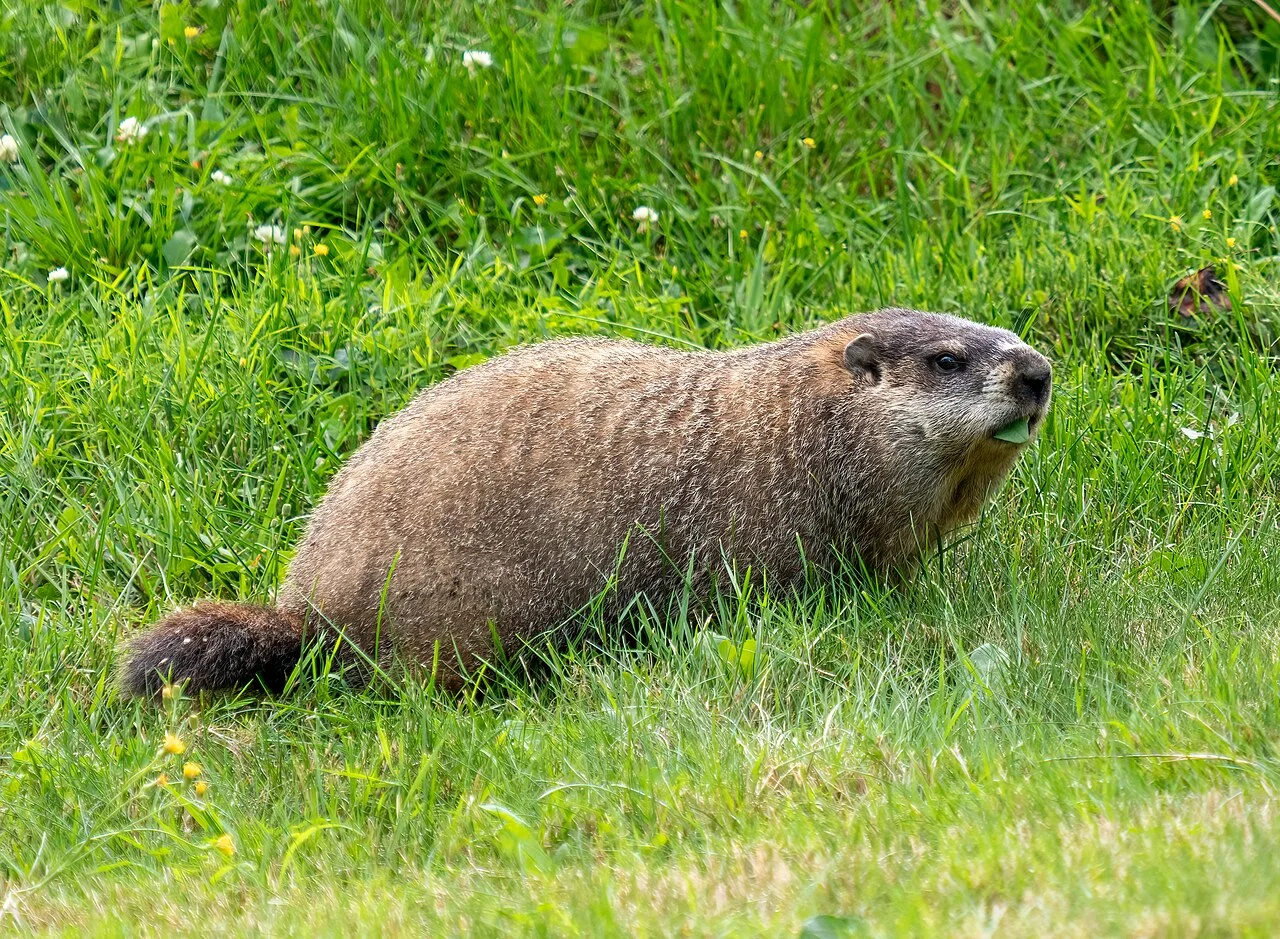
Groundhog/woodchuck:
Fur coloration varies from brown to reddish-brown, with a dense undercoat.
Robust body with a flattened, bushy tail.
Characterized by short legs and powerful claws adapted for digging.
Comparison:
Both terms refer to the same animal, sharing identical physical characteristics.
Ecological Implications:
Camouflage in various habitats helps them avoid predators.
Adapted features aid in burrow construction, influencing ecosystem structure.
3. Size
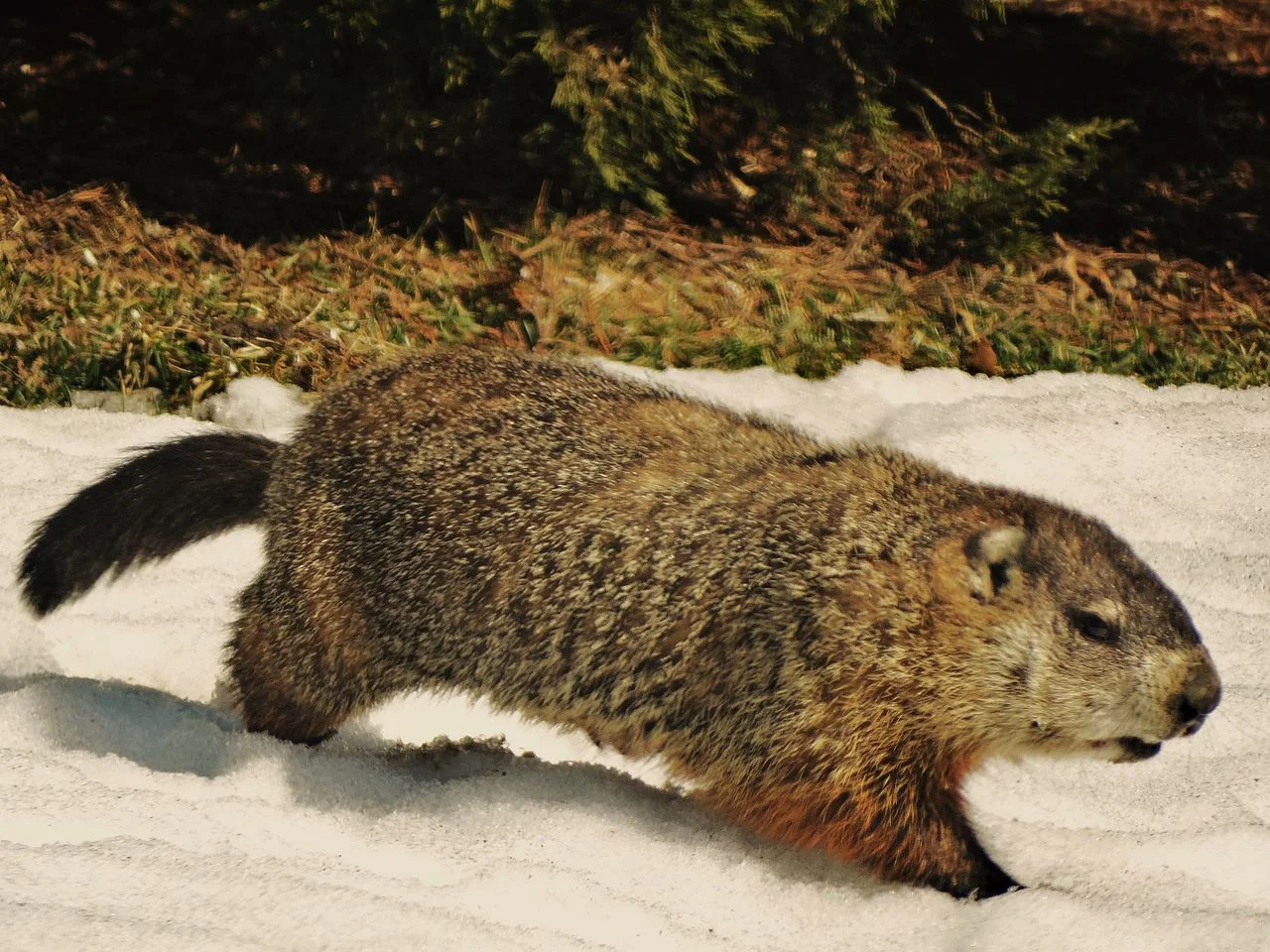
Groundhog/woodchuck:
Typically measure 16 to 26 inches (40 to 66 cm) in length, including the tail.
Weigh around 4 to 9 pounds (1.8 to 4 kg).
Comparison:
Size remains consistent, with minimal variations between individuals.
Ecological Implications:
Size affects their role as prey, influencing predator-prey dynamics in ecosystems.
4. Weight
Groundhog/woodchuck:
Weight ranges from 4 to 9 pounds (1.8 to 4 kg).
Comparison:
Similar weight parameters for both terms.
Ecological Implications:
Weight influences aspects like foraging habits and burrow construction.
5. Dentition
Groundhog/woodchuck:
Possess large, chisel-like incisors for gnawing on vegetation.
Herbivorous diet adapted for consuming grasses, fruits, and vegetables.
Comparison:
Dentition adapted for their herbivorous feeding habits.
Ecological Implications:
Influence on plant communities due to herbivorous diet, contributing to ecosystem dynamics.
6. Physical Offensive Advantages
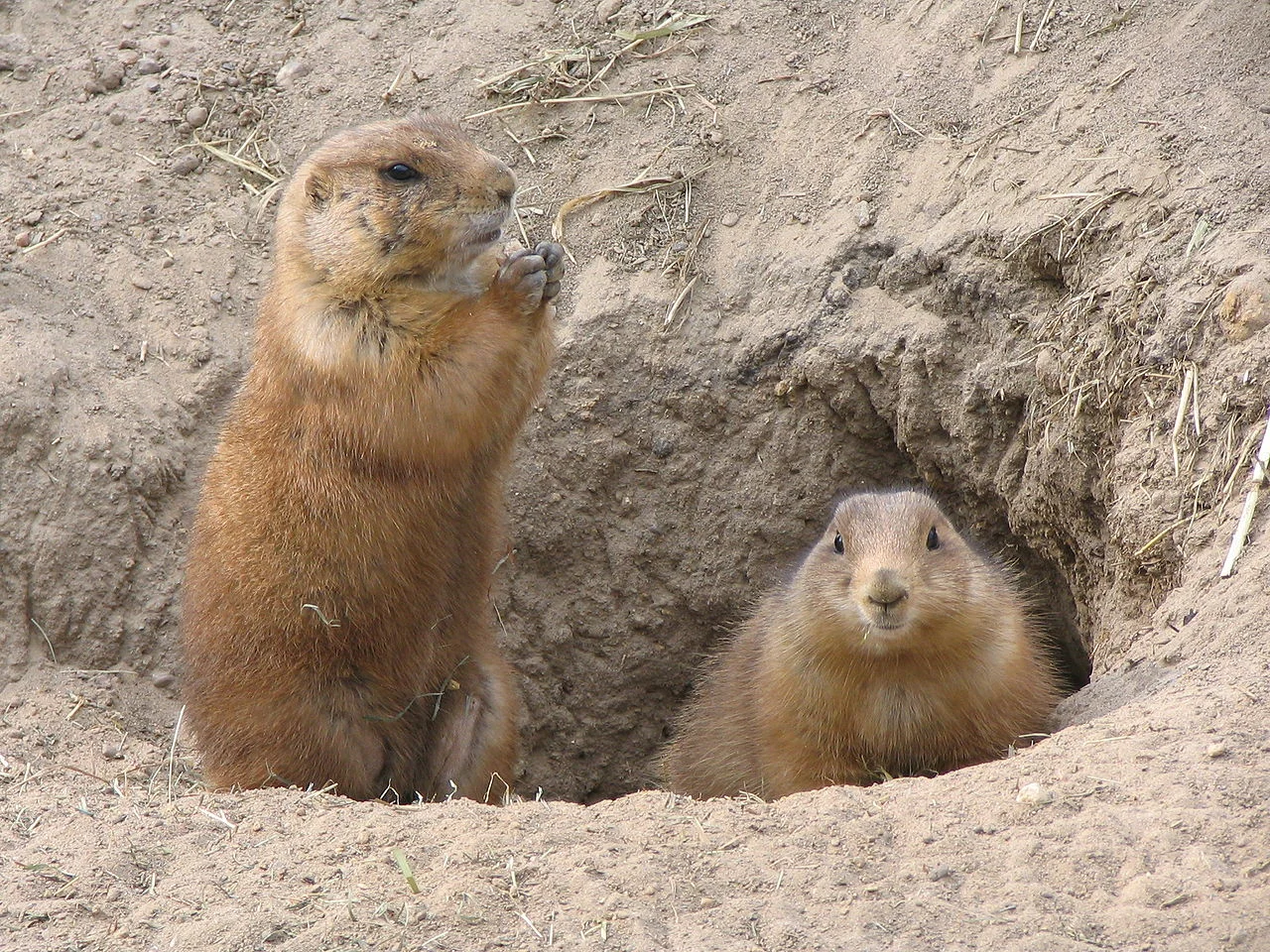
Groundhog/woodchuck:
Sharp claws aid in digging burrows, serving as defensive structures.
Well-developed incisors for cutting vegetation and modifying their environment.
Comparison:
Both terms share similar offensive adaptations.
Ecological Implications:
Altered landscapes due to burrow construction impact local flora and fauna.
7. Physical Defensive Advantages
Groundhog/woodchuck:
Quick retreat into burrows for protection.
Vigilant behavior and keen senses help detect predators.
Comparison:
Defensive strategies are uniform for both terms.
Ecological Implications:
Influence on predator-prey relationships in the ecosystem.
8. Speed (Km/hour or Mile/hour)
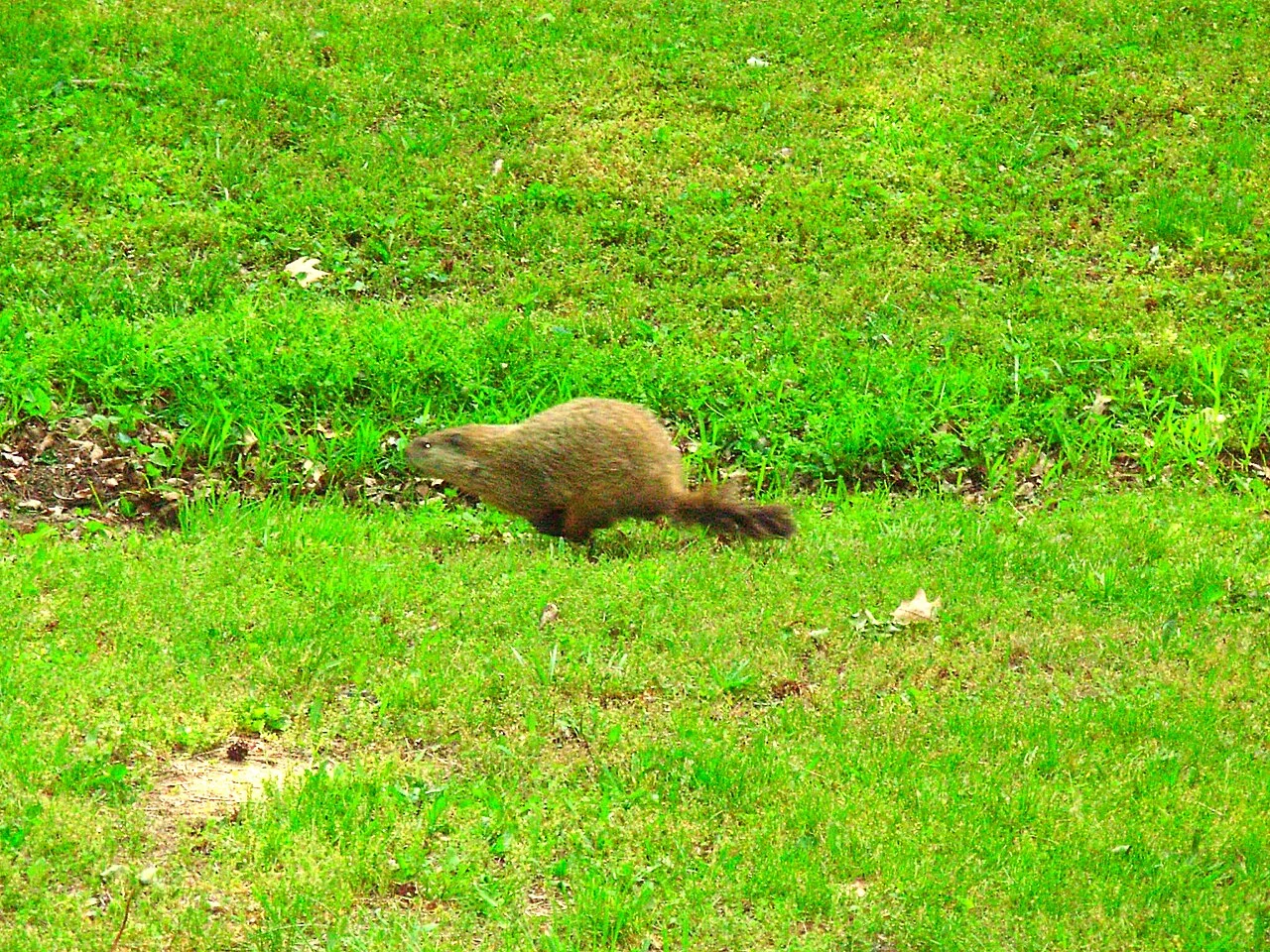
Groundhog/woodchuck:
Capable of reaching speeds up to 8 mph (13 km/h).
Comparison:
Similar speeds for both terms.
Ecological Implications:
Speed affects their ability to escape from predators, shaping interactions in the ecosystem.
9. Agility
Groundhog/woodchuck:
Display agility in navigating burrows and climbing obstacles.
Quick reflexes aid in evading threats.
Comparison:
Agility is a shared trait between both terms.
Ecological Implications:
Adaptations impact their efficiency in foraging and escaping predators, contributing to ecosystem dynamics.
10. Senses
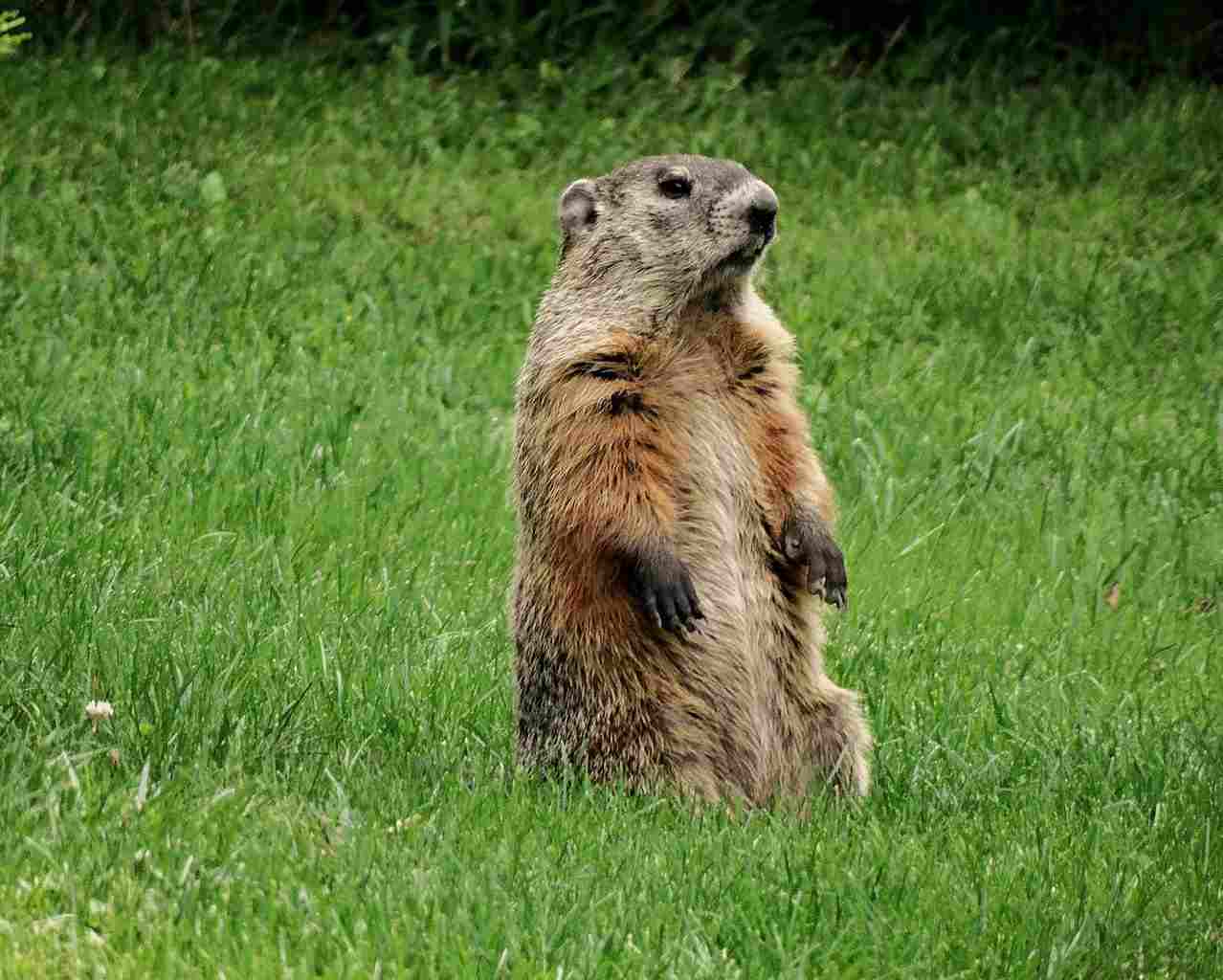
Groundhog/woodchuck:
Keen senses of hearing and smell.
Excellent eyesight, aiding in detecting predators and navigating their environment.
Comparison:
Shared sensory adaptations for both terms.
Ecological Implications:
Enhanced sensory perception contributes to their survival and influences interactions within the ecosystem.
11. Overall Physical Capacity
Groundhog/woodchuck:
Well-adapted for burrowing, feeding, and evading predators.
Efficient energy storage in the form of body fat for hibernation.
Comparison:
Similar overall physical capacities.
Ecological Implications:
Influences their ecological niche and role within the ecosystem.
12. Habitat Preference(s) and Geographic Region
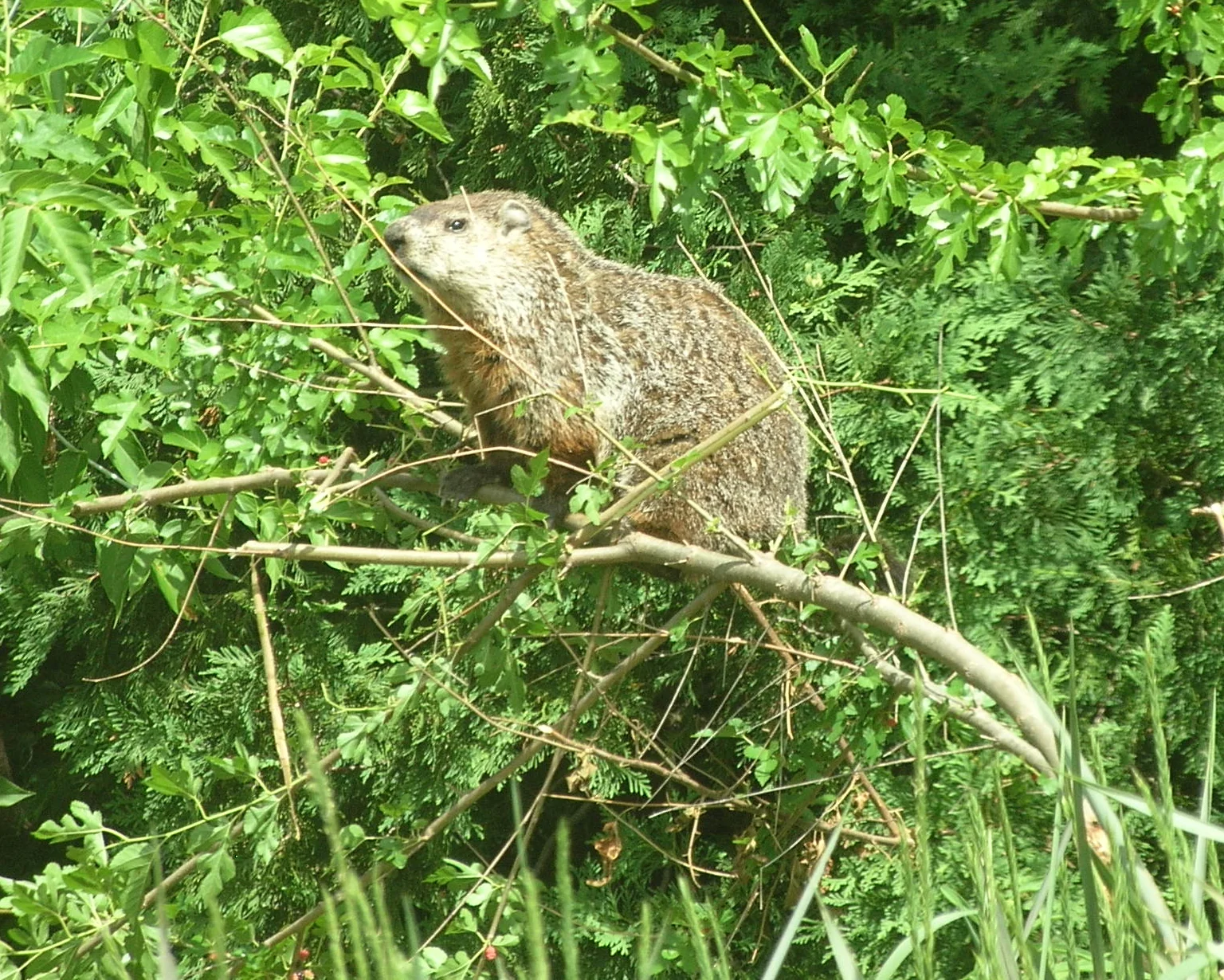
Groundhog/woodchuck:
Prefers open areas with a mix of grasslands and woodlands.
Common in North America, inhabiting regions with suitable vegetation for foraging.
Comparison:
Shared habitat preferences and geographic distribution.
Ecological Implications:
Impact on local plant communities and ecosystem dynamics in their preferred habitats.
13. Tracks
Groundhog/woodchuck:
Tracks reveal distinctive claw marks and a series of four-toed prints.
Tracks are often found near burrow entrances.
Comparison:
Similar track patterns for both terms.
Ecological Implications:
Tracked movements provide insights into their foraging behavior and territory use within ecosystems.
14. Lifespan
Groundhog/woodchuck:
Typically live 3 to 6 years in the wild.
Comparison:
Comparable lifespans for both terms.
Ecological Implications:
Lifespan influences population dynamics and resource utilization within ecosystems.
15. Mode of Feeding
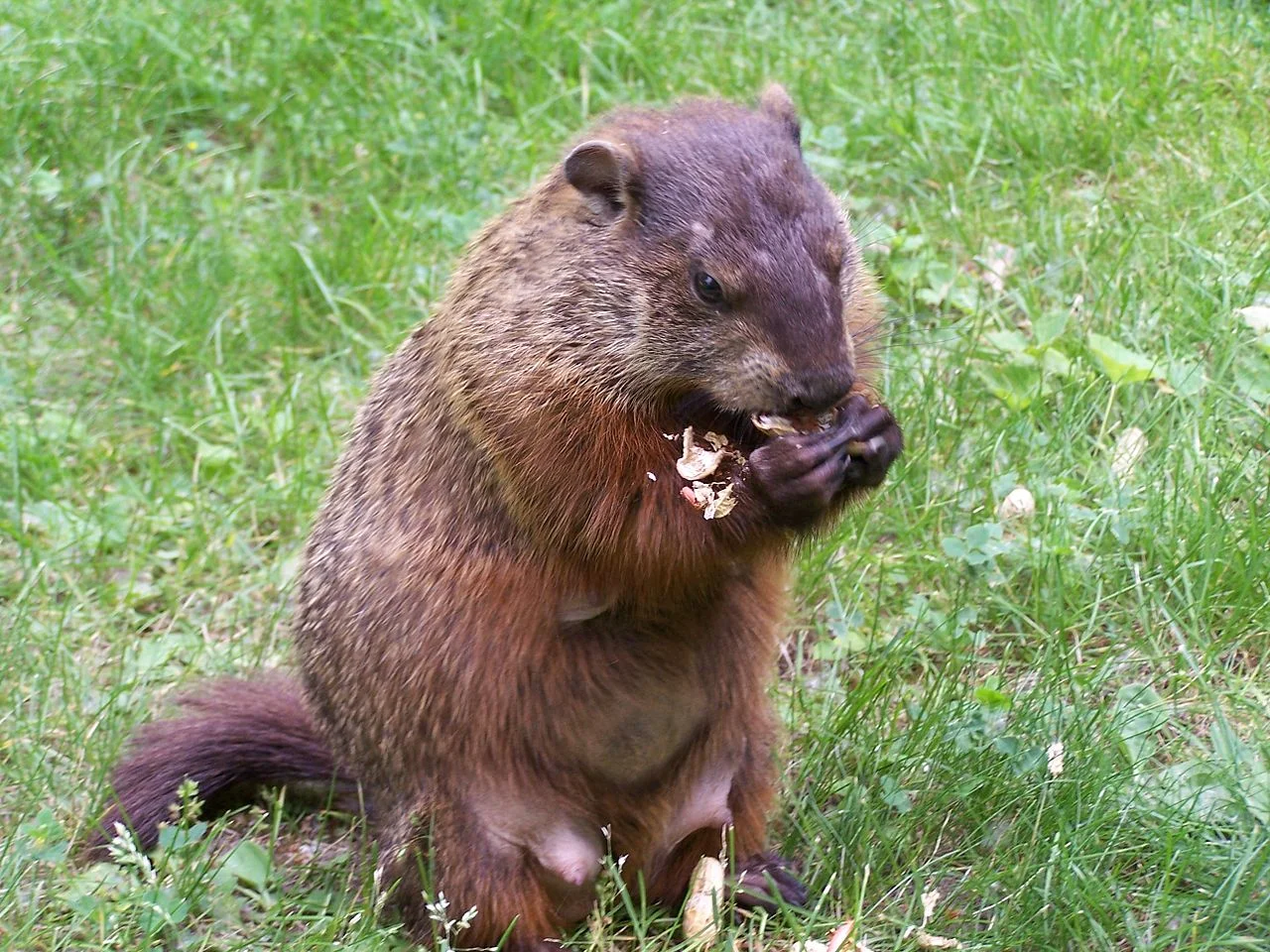
Groundhog/woodchuck:
Herbivorous diet primarily consisting of grasses, fruits, and vegetables.
Comparison:
Shared herbivorous feeding habits.
Ecological Implications:
Impact on plant communities, shaping vegetation dynamics in their habitats.
16. Intelligence
Groundhog/woodchuck:
Display problem-solving abilities, especially in burrow construction.
Exhibit a level of adaptability to changing environmental conditions.
Comparison:
Similar intelligence levels.
Ecological Implications:
Cognitive abilities contribute to their survival and interactions within the ecosystem.
17. Social Behavior
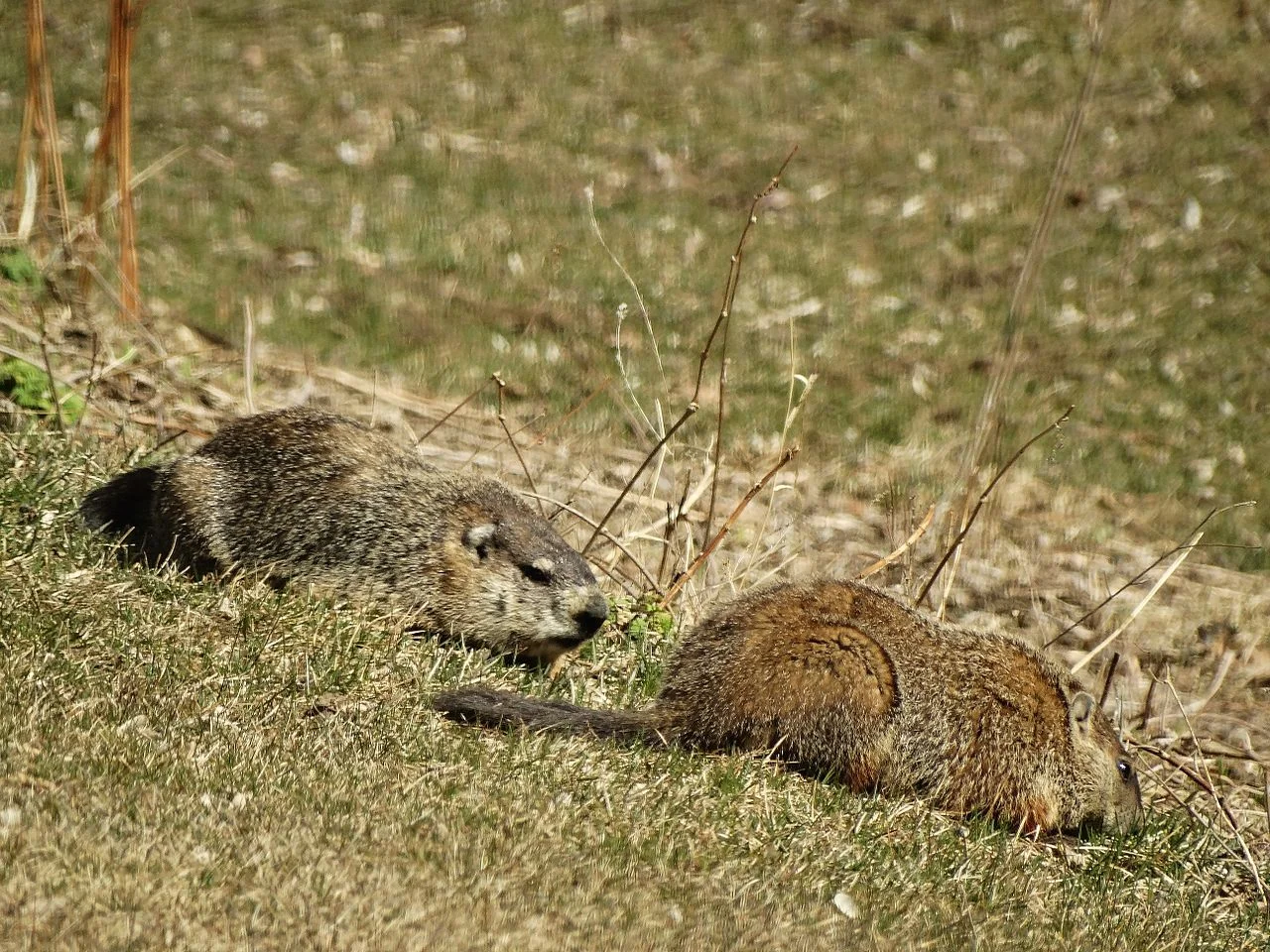
Groundhog/woodchuck:
Generally solitary, except during mating season.
Tolerant of overlapping home ranges.
Comparison:
Consistent social behaviors between both terms.
Ecological Implications:
Influences population dynamics and territorial behaviors within ecosystems.
18. Mode of Reproduction
Groundhog/woodchuck:
Typically give birth to a litter of 2 to 6 pups once a year.
Mating occurs during early spring.
Comparison:
Reproductive behaviors and patterns are consistent for both terms.
Ecological Implications:
Reproductive strategy impacts population dynamics and density in ecosystems.
19. Parental Behavior
Groundhog/woodchuck:
Females provide maternal care, nursing and protecting the offspring.
Young groundhogs become independent after a few months.
Comparison:
Similar parental behaviors for both terms.
Ecological Implications:
Parental care contributes to the survival and growth of the next generation, influencing population dynamics.
20. Proximity to Human-Inhabited Areas
Groundhog/woodchuck:
Adaptable to human-altered landscapes.
Often found in suburban areas, agricultural fields, and along roadsides.
Comparison:
Both terms exhibit a degree of proximity to human-inhabited areas.
Ecological Implications:
Human interactions impact their behavior and survival, influencing local ecosystems.
21. Behavior Toward Humans
Groundhog/woodchuck:
Generally shy but can become accustomed to human presence.
May cause damage to gardens and crops.
Comparison:
Behavior towards humans is similar for both terms.
Ecological Implications:
Human-wildlife conflicts may arise, affecting both the animals and local human communities.
22. Danger Posed to Humans
Groundhog/woodchuck:
Typically pose minimal danger to humans.
May transmit diseases, but instances are rare.
Associated Precautions:
Caution required during encounters to avoid stress or bites.
Implementing preventive measures to protect gardens and crops.
23. Conservation Status
Groundhog/woodchuck:
Generally considered a species of least concern.
Populations are stable across their range.
Conclusion:
Both terms share a stable conservation status, indicating a healthy presence in their respective ecosystems.
*Summary of Comparison
Taxonomy:
Both terms refer to the same species: Marmota monax.
Appearance:
Similar fur coloration, body structure, and tail characteristics.
Size:
Comparable measurements, with lengths of 16 to 26 inches and weights ranging from 4 to 9 pounds.
Weight:
Shared weight range of 4 to 9 pounds.
Dentition:
Possess similar large, chisel-like incisors for herbivorous feeding.
Physical Offensive Advantages:
Utilize sharp claws for digging burrows and modifying the environment.
Physical Defensive Advantages:
Share defensive strategies, including quick retreat into burrows.
Speed:
Capable of reaching speeds up to 8 mph.
Agility:
Display agility in burrow navigation and evading threats.
Senses:
Keen senses of hearing, smell, and eyesight, contributing to survival.
Overall Physical Capacity:
Both are well-adapted for burrowing, feeding, and evading predators.
Habitat Preference(s) and Geographic Region:
Share preferences for open areas with a mix of grasslands and woodlands, common in North America.
Tracks:
Similar four-toed prints near burrow entrances.
Lifespan:
Comparable lifespans of 3 to 6 years in the wild.
Mode of Feeding:
Herbivorous diet primarily consisting of grasses, fruits, and vegetables.
Intelligence:
Similar problem-solving abilities and adaptability to changing environments.
Social Behavior:
Generally solitary, except during mating season, and tolerant of overlapping home ranges.
Mode of Reproduction:
Give birth to a litter of 2 to 6 pups once a year, with mating occurring in early spring.
Parental Behavior:
Females provide maternal care, and young become independent after a few months.
Proximity to Human-Inhabited Areas:
Adaptable to human-altered landscapes, often found in suburban areas.
Behavior Toward Humans:
Generally shy but can become accustomed to human presence, may cause damage to gardens and crops.
Danger Posed to Humans:
Typically pose minimal danger, with caution required during encounters.
Conservation Status:
Generally considered a species of least concern, with stable populations across their range.
Conclusion
I) Similarities:
Groundhog and woodchuck are interchangeable terms referring to the same species, Marmota monax.
Share identical physical characteristics, behaviors, and ecological roles.
II) Differences:
While they are essentially the same animal, regional variations in naming might occur.
Some variations in behavior may be observed due to local environmental factors.
*Overall Ecological Impact
Groundhog/woodchuck:
Serve as important herbivores, influencing vegetation dynamics.
Role in soil disturbance and burrow construction impacts local ecosystems.
Interactions with humans highlight the interconnectedness between wildlife and human-altered landscapes.
